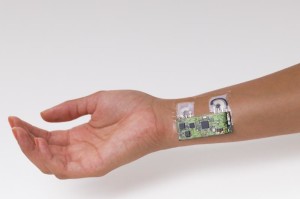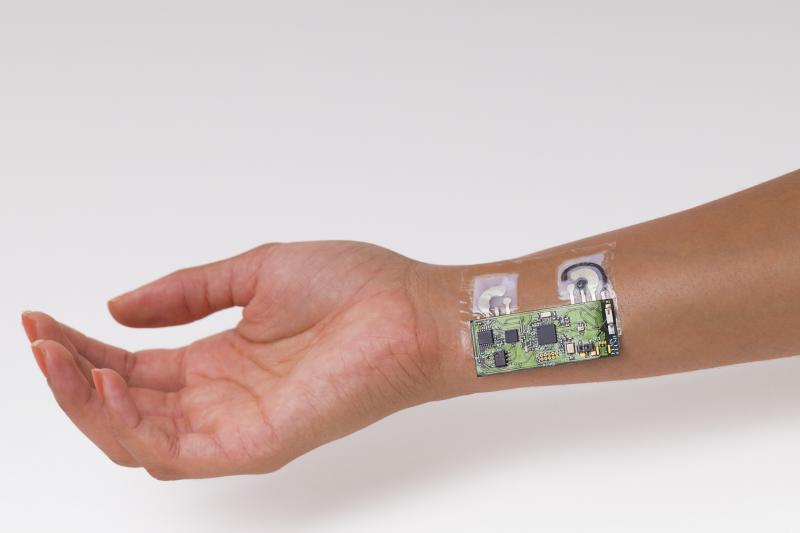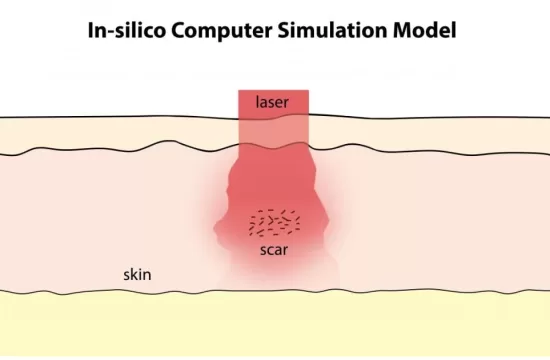
Alcohol-related car accidents are responsible for 28 deaths each day, causing one death every 53 minutes, according to the Centers for Disease Control and Prevention.
Current methods of obtaining a blood alcohol level can take a long time or be inaccurate. For example a breathalyzer, a widely used and noninvasive form of getting an indirect blood alcohol readout, can be fooled if a person recently used mouthwash or can give false results depending on other factors.
Engineers led by nanoengineering professor Joseph Wang and electrical engineering professor Patrick Mercier, both from the University of California San Diego, created a new wearable, flexible, electronic patch that can detect blood alcohol levels quickly and more accurately using sweat.
While other sensors have been created that monitor alcohol levels through sweat, they utilize insensible sweat – which sweat that occurs before it’s actually observed as perspiration on the skin, and these results can take up to two hours. Another problem with available systems is that they are not portable or wearable.
The new sensor employs a three step process to use sensible sweat as a real-time indicator of blood alcohol levels, with results that can be sent wirelessly to a smartphone or computer within just 8 minutes. It was successfully tested on nine healthy volunteers who wore the patch on their arm both before and after drinking either a glass of red wine or a bottle of beer. The blood alcohol level readout was accurate even after participants moved around repeatedly.
[pullquote]“This device can use a Bluetooth connection, which is something a breathalyzer can’t do,” co-first author Somayeh Imani, an electrical engineering Ph.D. student said in a statement.[/pullquote]
“What’s also innovative about this technology is that the wearer doesn’t need to be exercising or sweating already. The user can put on the patch and within a few minutes get a reading that’s well correlated to his or her blood alcohol concentration,” Mercier said in a prepared statement. “Such a device hasn’t been available until now.”
Users don’t need to be sweating because the patch, made on temporary tattoo paper with screen-printed electrodes, emits a drug called pilocarpine onto the skin which causes the person to sweat. When the sweat interacts with the alcohol oxidase coated electrodes, an enzyme reaction leads to the electrochemical detection of alcohol levels.
The flexible electronic circuit board transmits the results wirelessly to a mobile device.
“This device can use a Bluetooth connection, which is something a breathalyzer can’t do,” co-first author Somayeh Imani, an electrical engineering Ph.D. student said in a statement. “We’ve found a way to make electronics portable and wireless, which are important for practical real-life use.”
The developers see the device being used by law enforcement, bartenders or friends to quickly determine if a person has had too much to drink. It could also be integrated into a vehicle’s ignition interlock system.
The findings were published in ACS Sensors.







